The complex Shisanlin, or 13 tombs of Ming emperors, is situated 30 km north of Beijing. Sightseeing buses, going to the Great Wall near Badaling, often call at this place. Because of its accessibility the Ming Tombs in Shisanline have become a promoted locality of tourists' attraction. For the first time in the history of China the tomb of one of the emperors - Wanli was opened, now it is shown to tourists. So nowadays, Shisanlin is not only a majestic memorial to the Ming imperial dynasty, but also a monument to a painful birth of the Chinese archaeology. The corridor leading to the burial chamber of the tomb Dinlin.

You can often hear that this necropolis is not impressive, even in spite of its enormous historical significance. To somebody's opinion, the burial disposal of the Qing emperors in Tsindunlin is much more interesting, there are more tombs accessible for visitors and the district itself is not so "spoiled" by human activities. The Ming tombs are located too close to Beijing, and in this
connection the entire complex area is built up heavily with various outbuildings, settlements, etc.
connection the entire complex area is built up heavily with various outbuildings, settlements, etc.

But Shisanlin has an advantage, it consists of, above all, the huge size of the tombs. However, because of the fact that burial hills have been overgrown by forest and because of the chaos of economic development around, it's not very obvious to tourists. But the fact remains - for example, the diameter of the burial hill of the first buried here emperor Yongle, is 310 meters, and its circumference is about 1 km! It is clear that the earth "sank" for centuries, rain and wind did their job. But even now, the burial mound Yongle can compete with the dimensions of the ancient pyramid of the first Chinese emperor Qin Shi Huang, which has also lost much in the height during the millennium. Only a few pyramids in China have the same area such as the Ming Emperor Yongle mound has. The layout of the mausoleum of Emperor Yongle is similar to all Ming tombs.
But Shisanlin has an advantage, it consists of, above all, the huge size of the tombs. However, because of the fact that burial hills have been overgrown by forest and because of the chaos of economic development around, it's not very obvious to tourists. But the fact remains - for example, the diameter of the burial hill of the first buried here emperor Yongle, is 310 meters, and its circumference is about 1 km! It is clear that the earth "sank" for centuries, rain and wind did their job. But even now, the burial mound Yongle can compete with the dimensions of the ancient pyramid of the first Chinese emperor Qin Shi Huang, which has also lost much in the height during the millennium. Only a few pyramids in China have the same area such as the Ming Emperor Yongle mound has.
The layout of the mausoleum of Emperor Yongle is similar to all Ming tombs.
The layout of the mausoleum of Emperor Yongle is similar to all Ming tombs.
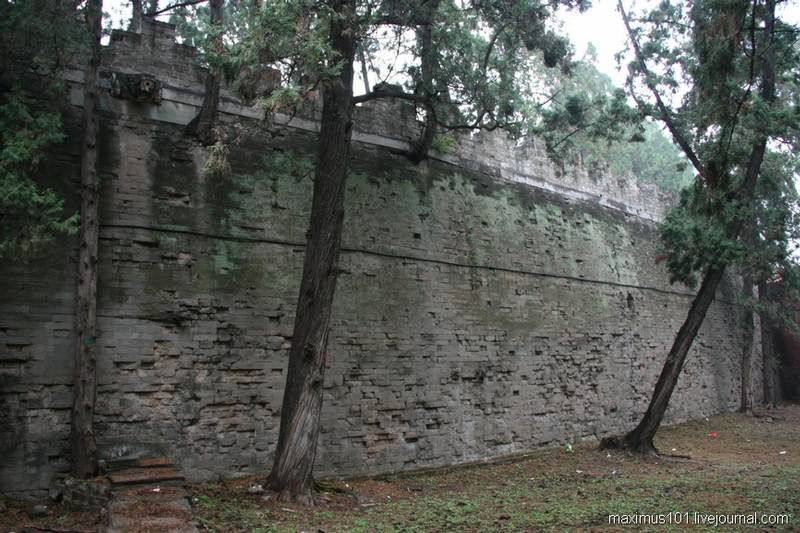
Here it is worth touching an interesting question of the form of burial structures of the Ming dynasty. It is quite unclear why the Ming emperors chose a round form of burial mounds. The fact is that all the old Chinese burial hills, namely Tsin, Han and Sung pyramids, always had square bases. Only the emperors of the State of North Wei built round pyramids, but it was a nomadic dynasty, not really Chinese, so to speak. But why did they change the shape of their graves? After all, traditions fro the Chinese is not an empty phrase. The outer wall of the burial hill of the tomb Dinliny. The wall was an additional protection of burial chambers and did not allow the earth mound to "sprawl out".
The Dinlin burial mound.
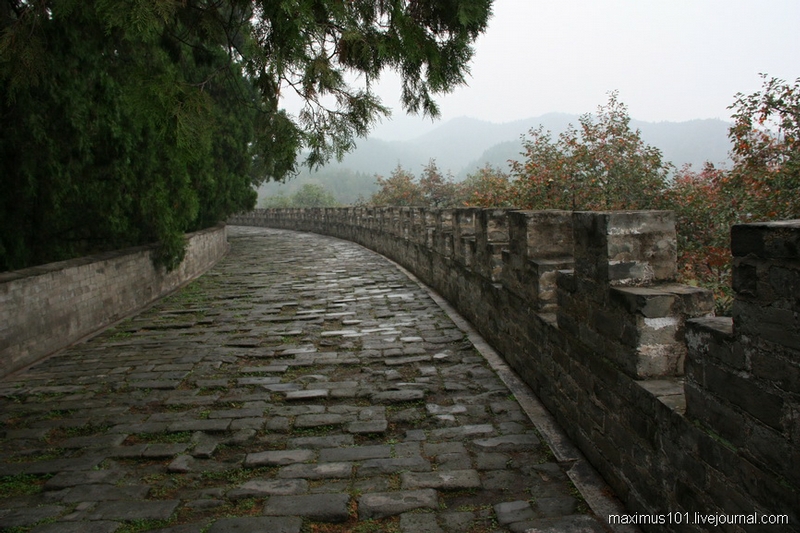
The upper area of the wall that strengthened the burial mound.
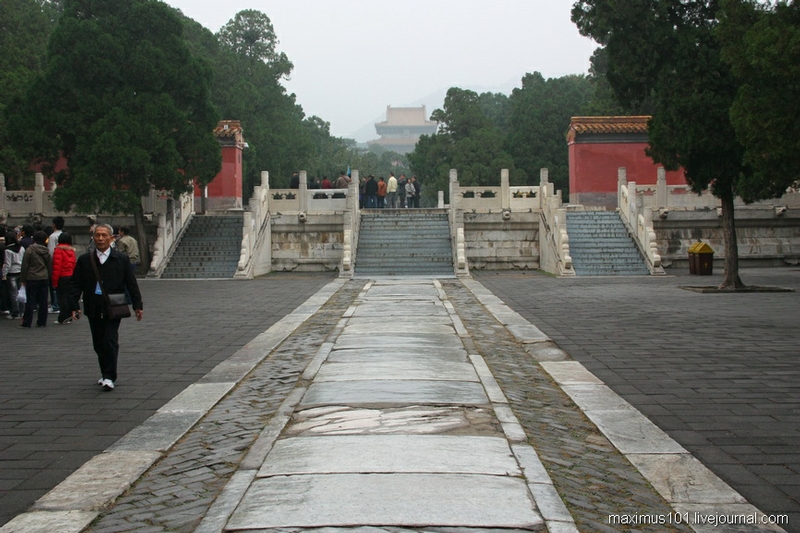
A road to the tomb Dinliny.
A "funerary" tower - Fanchen in the tomb Kanlin.
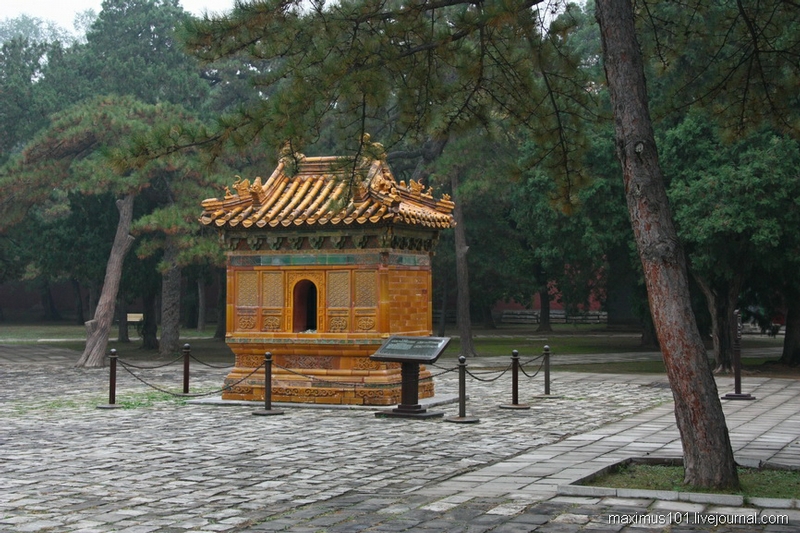
Underground rooms are available for exploration only in Dinliny, in the tomb of emperor Wanli, the first official opened tomb in China.
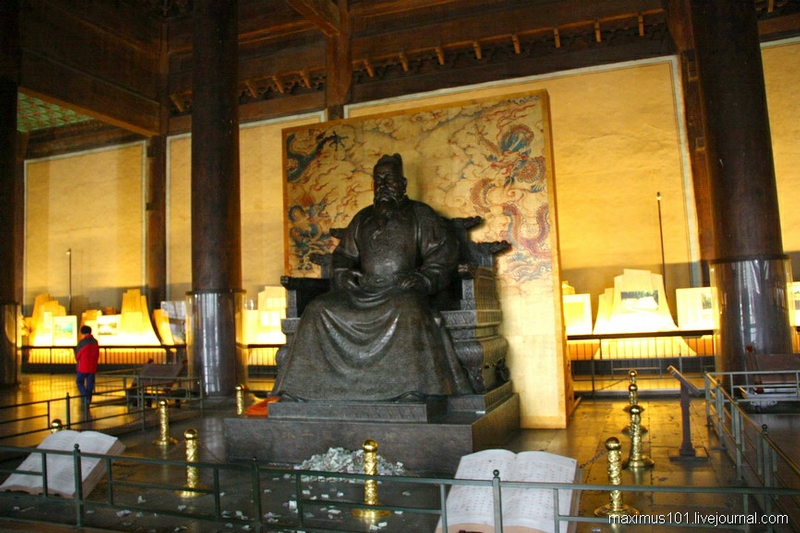
The modern statue of emperor Yongle in the pavilion Linendyan.
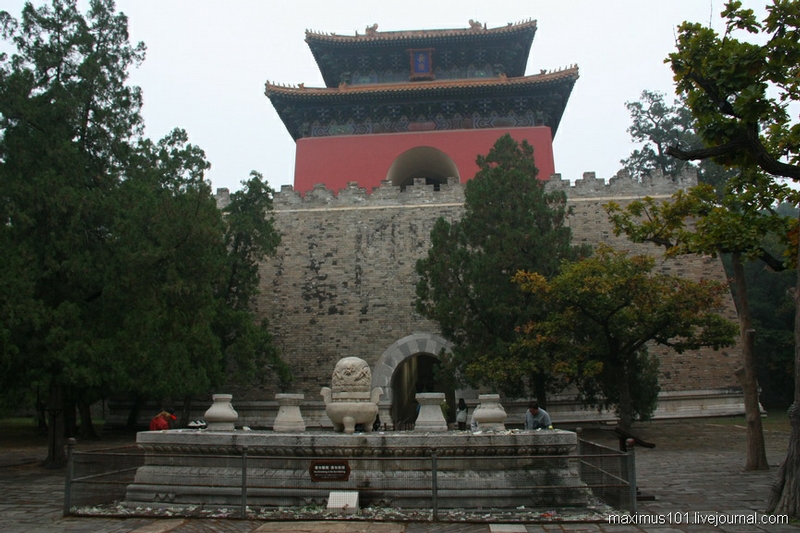
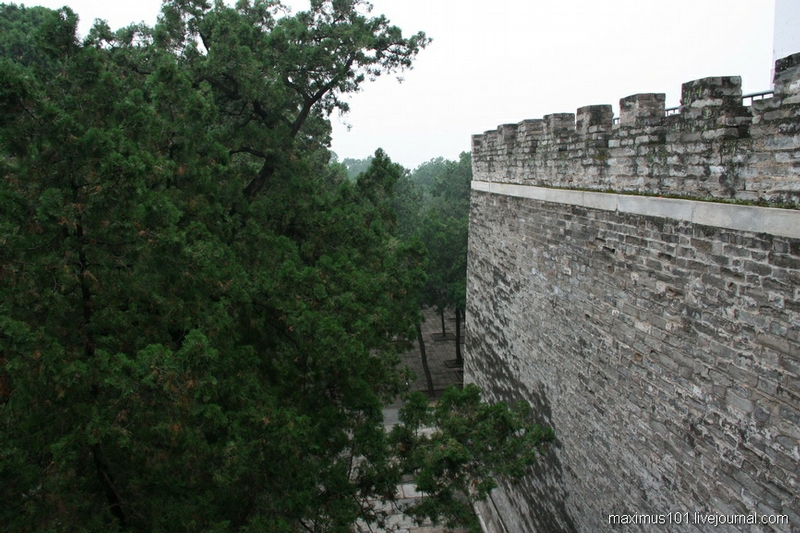
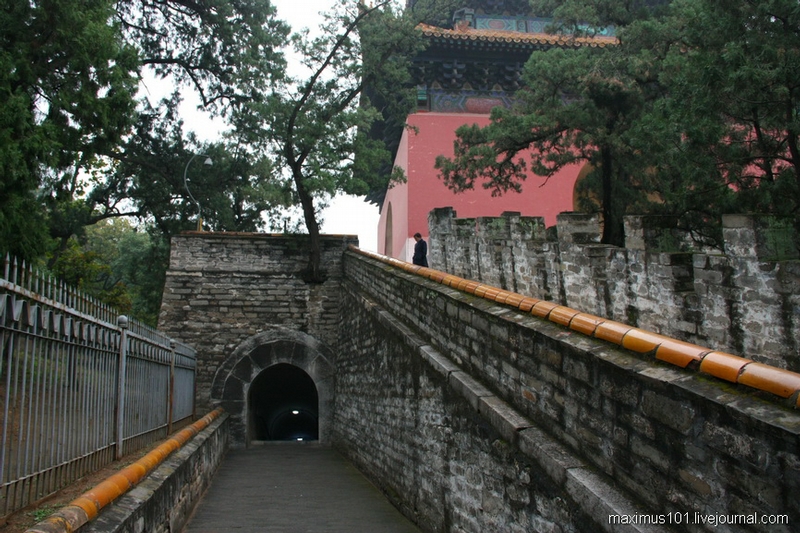
Photos of the remains of Wanli made in 1956 during Dinlin excavations. For its age, and it passed almost 400 years, it looked pretty good.
Headgears of the imperial family from the tomb Dinlin.
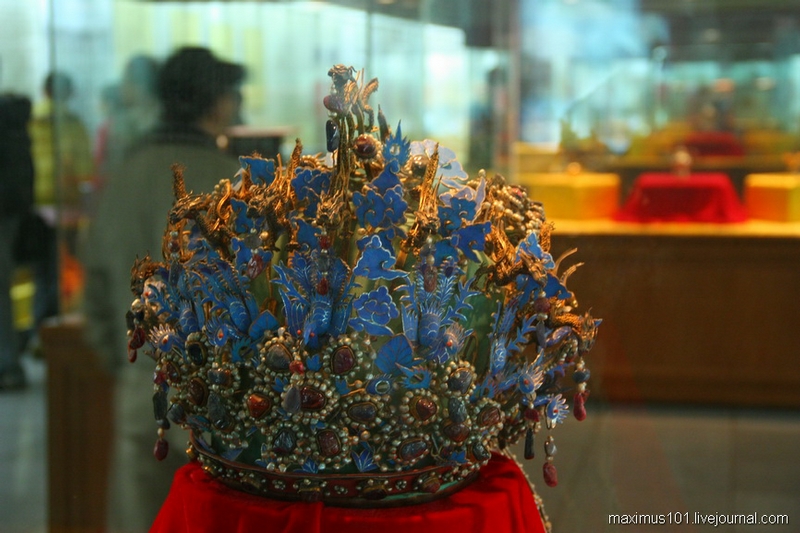

The funeral hall in Dinliny intended for the concubines. It remained empty. Mountains of green paper on the floor are Chinese yuan.
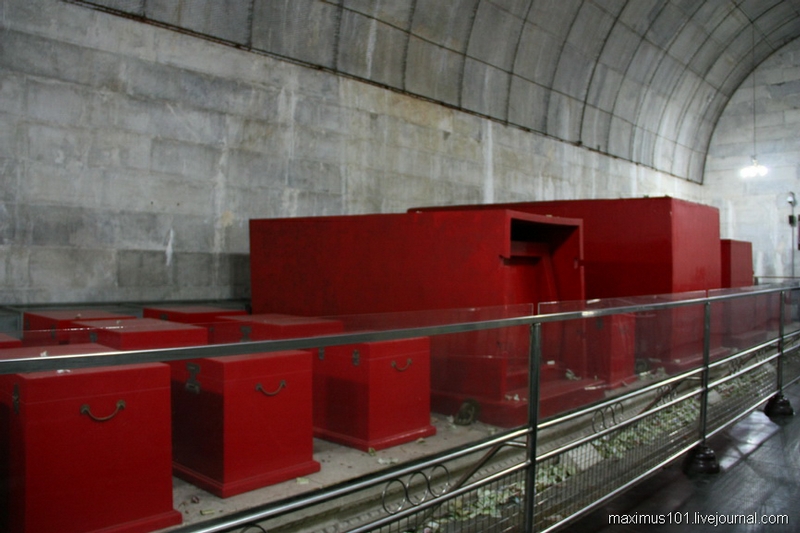
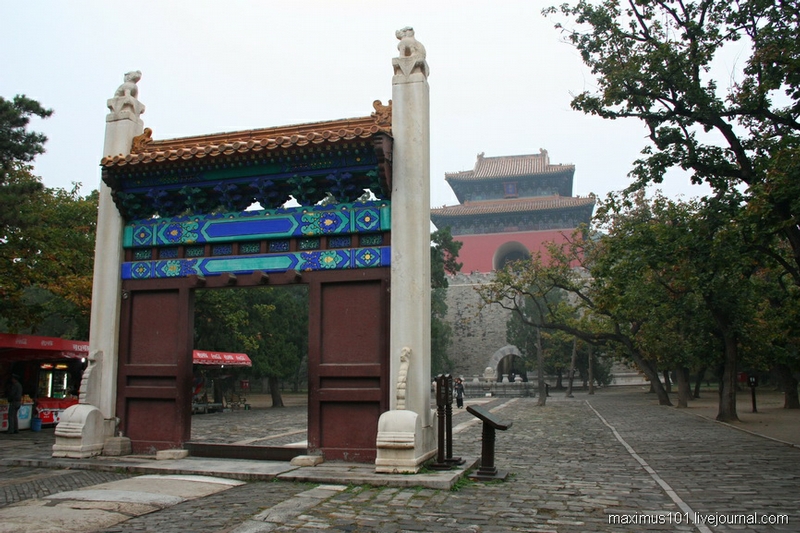
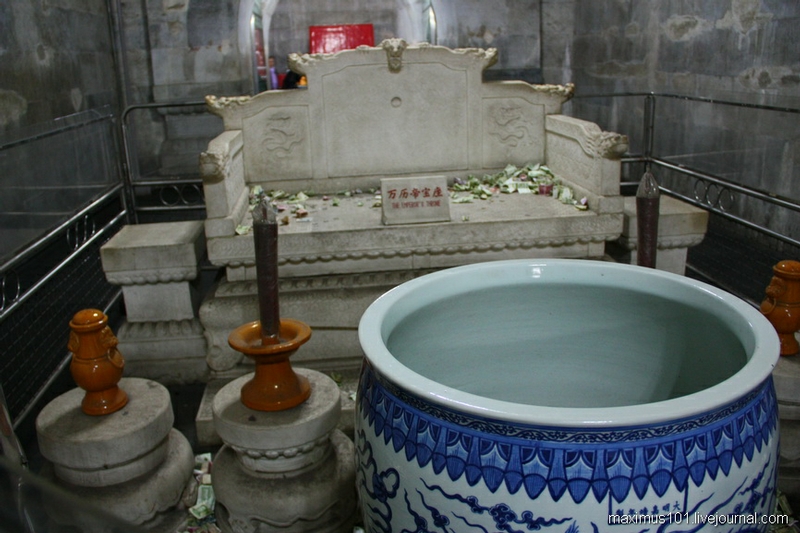
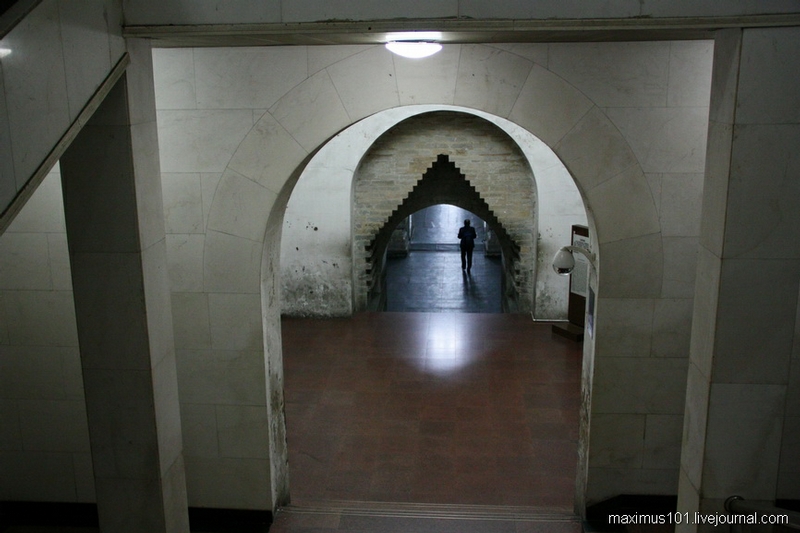
The modern exit to the surface. Most likely these structures were necessary for Chinese people to hide huge excavations in the burial hill.
The outer wall of the burial hill Kanlin and classical Chinese landscapes in the background. The Ming tombs are worth seeing if only for the local mountain scenery.
Autumn in Shisanlin.
via maximus
0 comments:
Post a Comment